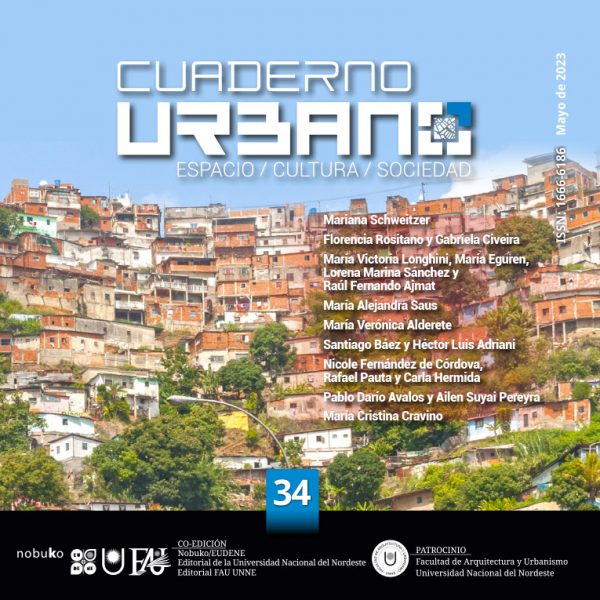Heritage landscape and natural light: simulations to define appropriate interventions in Mar del Plata
DOI:
https://doi.org/10.30972/crn.34346554Keywords:
Residential heritage, intervention, context, natural light, simulationsAbstract
The heritage landscape constitutes a palimpsest in which dissimilar architectural and urban conceptions are manifested. Carring out interventions that contribute in a balancely way to that landscape is a permanent challenge. In particular, the insertion of high-rise housing in heritage contexts implies an unresolved challenge that is linked to a key resource: the natural light. Therefore, it is proposed to advance on what happened in a fragment of value in the city of Mar del Plata. Within this framework, it is interesting to observe the interventions carried out, along with their consequences, in three picturesque residences in the traditional Stella Maris neighborhood. Through an applied, quantitative and qualitative methodology, focused on the historical-patrimonial and technical-light articulation, simulations, focused on two key variables -Sky Vision Factor and Solar Radiation- are explored. The main results obtained in relation to the interventions carried out indicate a reduction of almost half of the total possible natural light access in the most unfavorable situations. Likewise, simulations using different scenarios and morphologies show the ability to plan and optimize heritage and light impacts. In this way, the interrelationships proposed are investigated to bring new reflections in relation to the actions achieved and to be achieved.
Downloads
Downloads
Published
Issue
Section
License
CUADERNO URBANO sustains its commitment to the Open Access policies for scientific information, on account of the fact that both scientific publications and public funded research must circulate freely on the Internet and without restrictions.
CUADERNO URBANO ratifies the Open Access model in which the contents of scientific publications are available in full text free of charge on the Internet, without temporary embargoes, and whose editorial production costs are not transferred to the authors. This policy proposes breaking down the economic barriers that generate inequities both in access to information and in the publication of research results.





.jpg)








